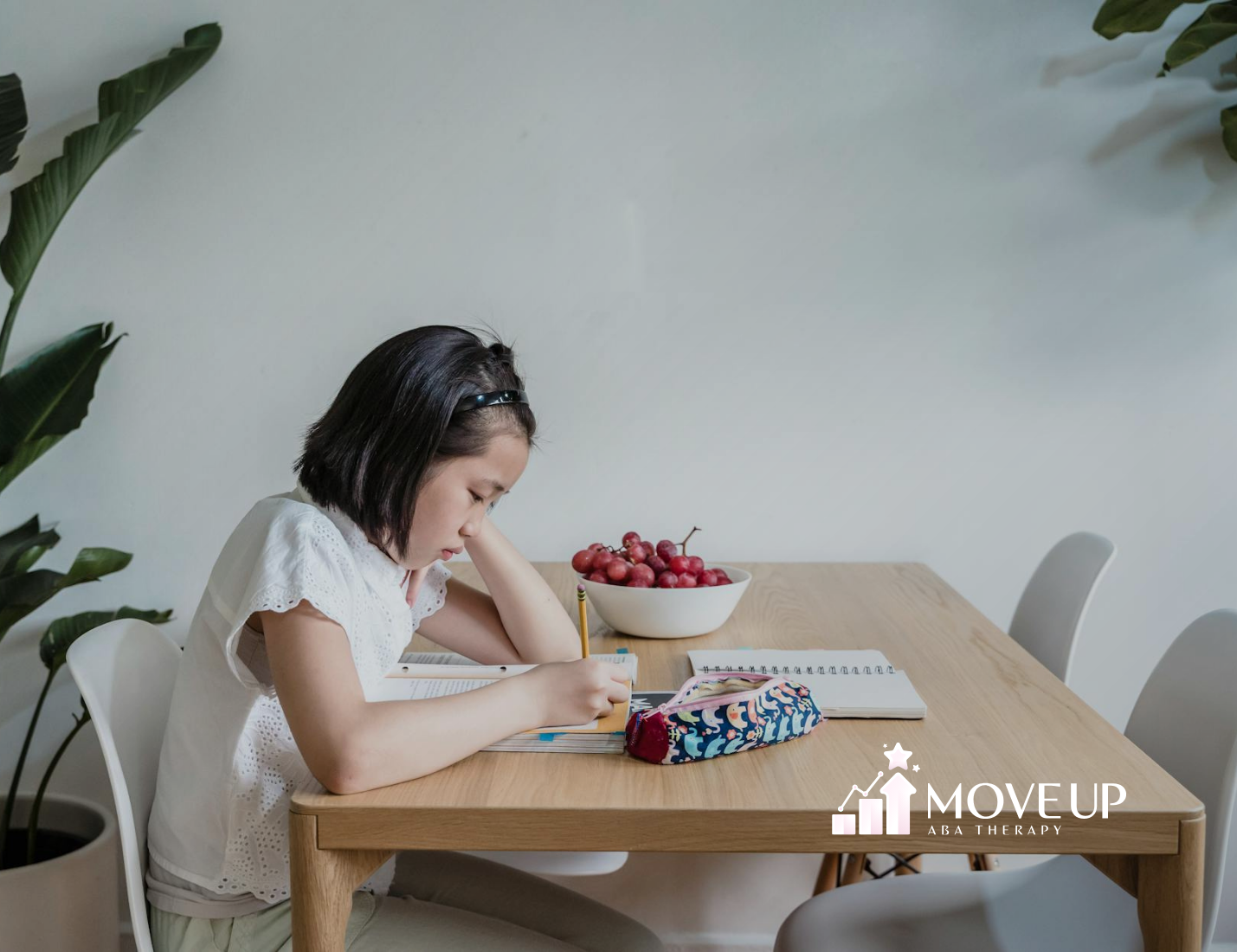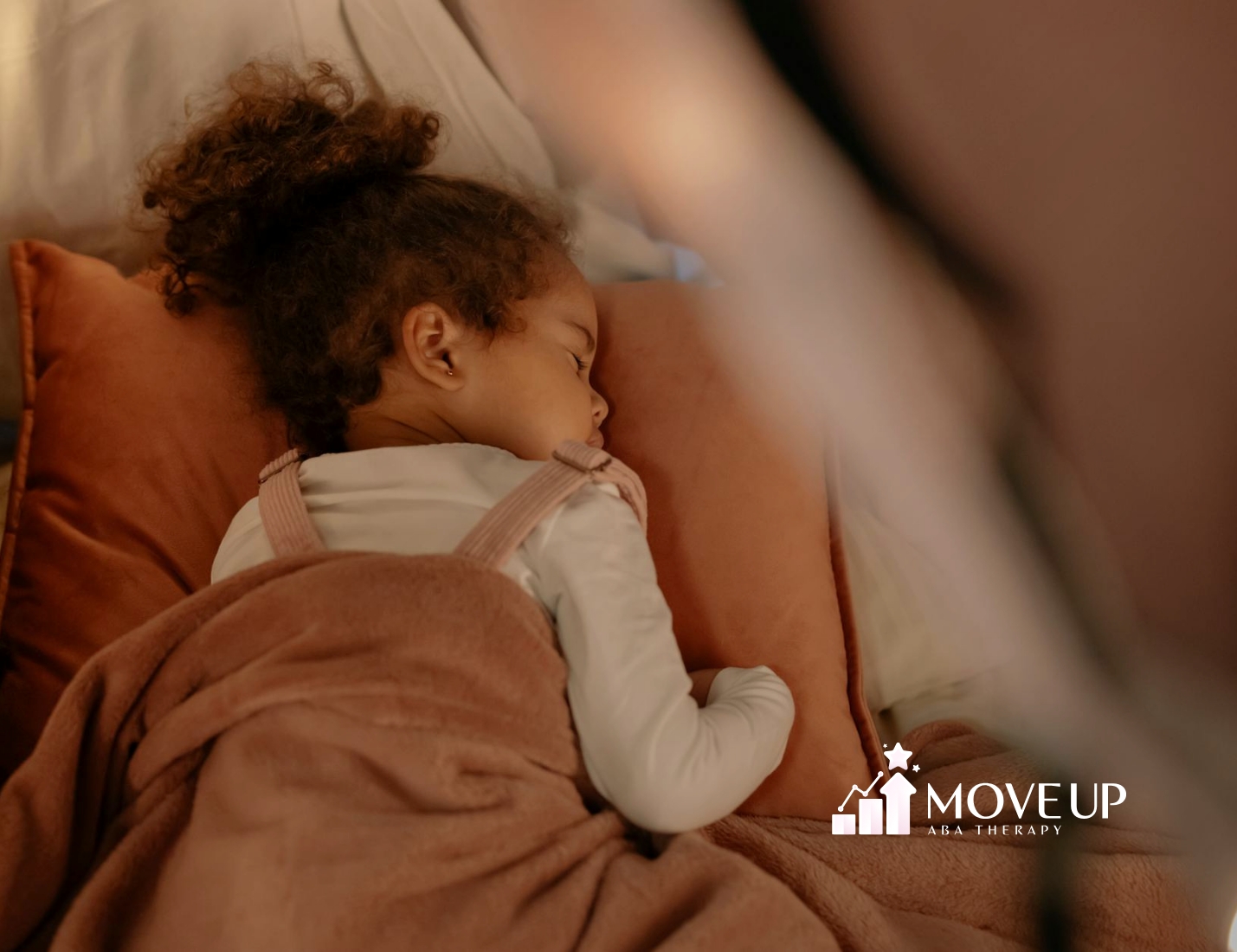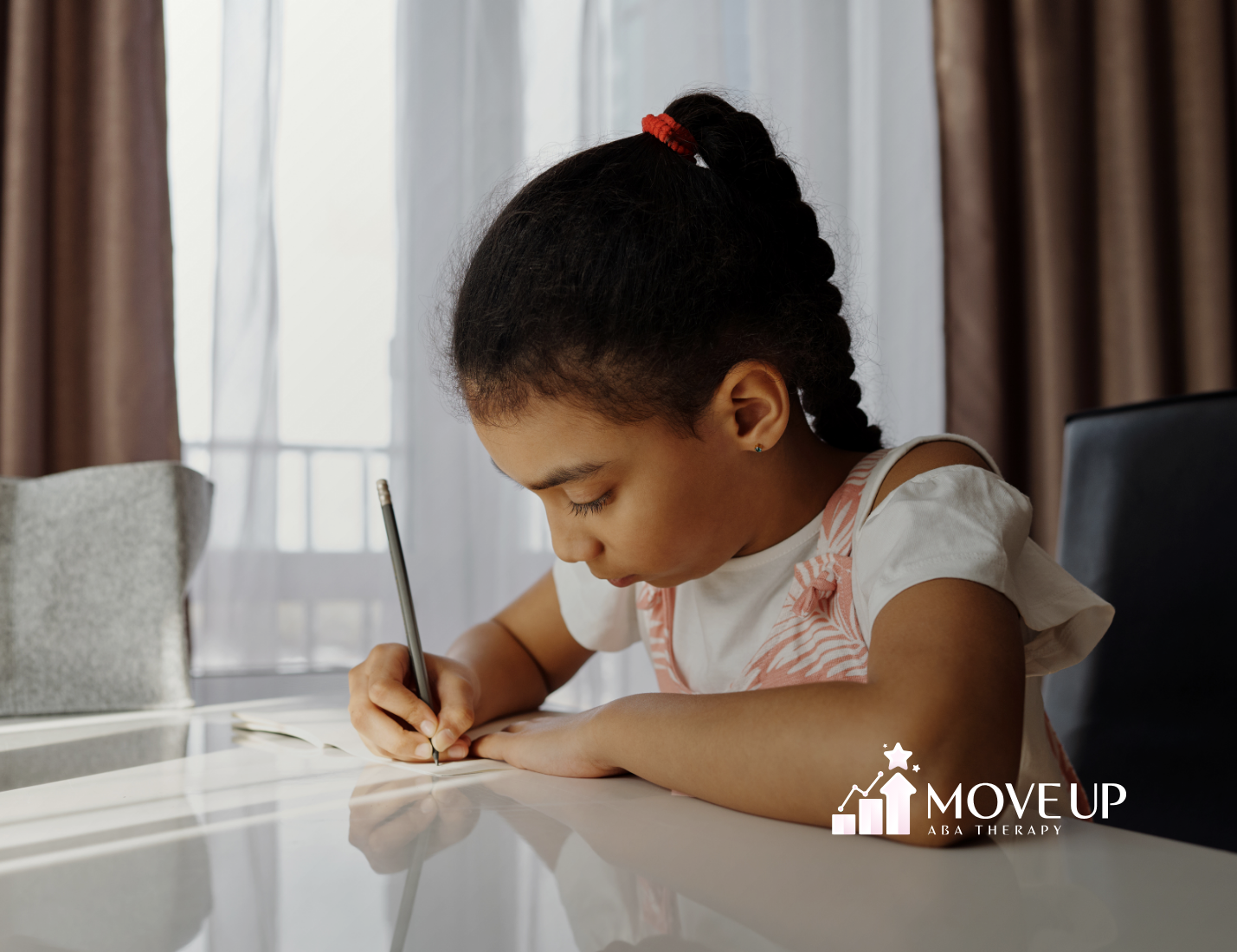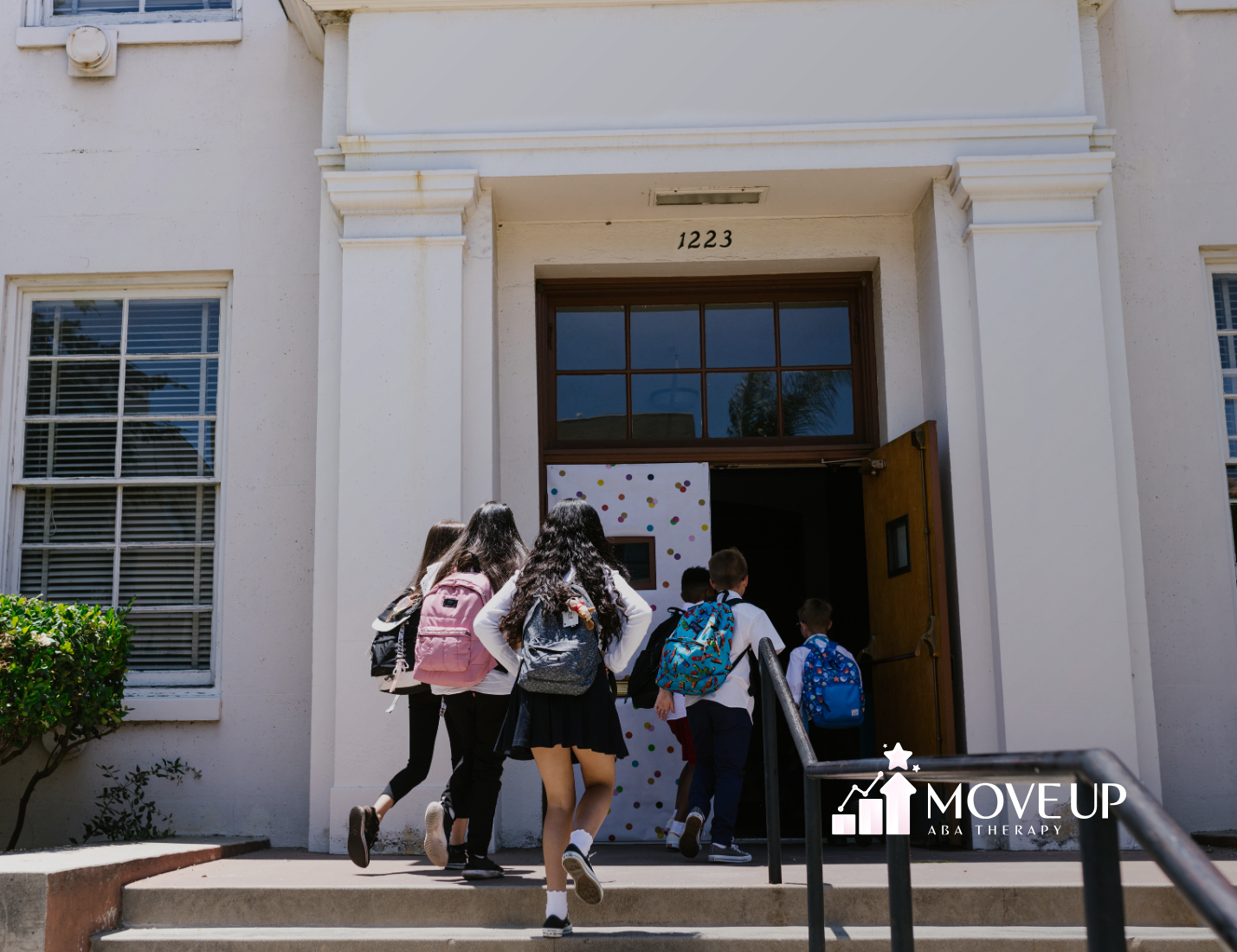Puzzles are more than just a fun pastime—they can be powerful tools for learning and development, especially for autistic children. Whether it’s a simple wooden puzzle or a complex jigsaw, puzzles offer a unique way to engage children, build skills, and foster independence. In this article, we’ll explore the benefits of puzzles for autistic children, the types of puzzles that work best, and how to incorporate them into daily routines and therapy sessions. Whether you’re a parent, caregiver, or therapist, this article will provide valuable insights to help you make the most of this versatile activity.
Why Puzzles Are Beneficial for Autistic Children
Puzzles offer a wide range of benefits for autistic children, making them an excellent tool for both play and learning.
Here are some of the key advantages:
1. Cognitive Development
Puzzles help children develop problem-solving skills, spatial awareness, and logical thinking. They encourage children to think critically and plan their actions, which are essential cognitive skills.
2. Fine Motor Skills
Manipulating puzzle pieces helps improve hand-eye coordination and fine motor skills. This is particularly important for children who may struggle with tasks like writing or buttoning clothes.
3. Focus and Attention
Many autistic children find it challenging to maintain focus. Puzzles, with their clear goals and structured tasks, can help improve attention span and concentration.
4. Emotional Regulation
Completing a puzzle provides a sense of accomplishment and can be calming for children who experience anxiety or sensory overload.
5. Social Skills
Working on puzzles with others can encourage teamwork, turn-taking, and communication, making them a great activity for group settings.
Types of Puzzles for Autistic Children
Not all puzzles are created equal, and choosing the right type can make a big difference in how engaging and beneficial they are for your child. Here are some of the best options:
1. Wooden Peg Puzzles
These puzzles are ideal for younger children or those who are new to puzzles. The pegs make it easier to grasp and manipulate the pieces, and the sturdy construction ensures durability.
2. Jigsaw Puzzles
Jigsaw puzzles come in a wide range of difficulty levels, making them suitable for children of all ages and skill levels. Start with puzzles that have fewer, larger pieces and gradually increase the complexity as your child’s skills improve.
3. 3D Puzzles
3D puzzles, such as building blocks or model kits, add an extra layer of challenge and creativity. They’re great for children who enjoy hands-on activities and have a strong visual-spatial sense.
4. Themed Puzzles
Choose puzzles that feature your child’s favorite characters, animals, or interests. Themed puzzles can be highly motivating and make the activity more enjoyable.
5. Interactive Puzzles
Some puzzles come with additional features, such as sound effects or lights, which can make them more engaging for children who are sensory seekers.
How to Choose the Right Puzzle for Your Child
When selecting a puzzle for an autistic child, consider the following factors:
1. Skill Level
Choose a puzzle that matches your child’s current abilities. If the puzzle is too easy, it may not hold their interest; if it’s too difficult, it could lead to frustration.
2. Interests
Select puzzles that align with your child’s interests. Whether they love animals, cars, or superheroes, a puzzle that features their favorite theme will be more engaging.
3. Sensory Preferences
Consider your child’s sensory preferences. For example, if they are sensitive to certain textures, avoid puzzles with rough or uneven surfaces.
4. Size and Complexity
For younger children or those with fine motor challenges, opt for puzzles with larger pieces. As your child’s skills improve, you can introduce more complex puzzles with smaller pieces.
Incorporating Puzzles into Daily Routines and Therapy
Puzzles can be a valuable addition to both daily routines and ABA therapy sessions. Here’s how to make the most of them:
1. At Home
- Morning Routine: Start the day with a puzzle to help your child focus and prepare for the day ahead.
- Quiet Time: Use puzzles as a calming activity during quiet time or before bed.
- Family Bonding: Work on puzzles together as a family to encourage teamwork and communication.
Take a look at this simple puzzle you can enjoy with your child anytime, anywhere!
2. In Therapy
- ABA Therapy: Incorporate puzzles into ABA sessions to target specific skills, such as following instructions, problem-solving, and fine motor skills.
- Speech Therapy: Use puzzles to encourage language development by naming the pieces or describing the images.
- Occupational Therapy: Puzzles can be used to improve fine motor skills and hand-eye coordination.
Tips for Making Puzzle Time Successful
1. Start Small
Begin with simple puzzles and gradually increase the difficulty as your child’s skills improve.
2. Provide Guidance
Offer support and encouragement, but allow your child to complete the puzzle independently as much as possible.
3. Celebrate Success
Praise your child’s efforts and celebrate their accomplishments, no matter how small.
4. Be Patient
Some children may take longer to complete a puzzle, and that’s okay. The goal is to make the experience enjoyable and stress-free.
5. Rotate Puzzles
Keep puzzle time fresh and exciting by rotating different puzzles regularly.
Conclusion: The Power of Puzzles for Autistic Children
Puzzles are more than just a fun activity—they are a powerful tool for learning and development. From improving cognitive and fine motor skills to fostering emotional regulation and social interaction, puzzles offer a wide range of benefits for autistic children. By choosing the right puzzles and incorporating them into daily routines and therapy sessions, you can help your child build essential skills while having fun.
At MoveUp ABA, we understand the importance of engaging, skill-building activities like puzzles. Our team of experienced ABA professionals is dedicated to helping children with autism reach their full potential through personalized therapy programs. If you’re looking for a partner in your child’s development, we’re here to help. Contact MoveUp ABA today to learn more about our services and how we can support your family!
FAQs
What age is appropriate for introducing puzzles to an autistic child?
Puzzles can be introduced as early as 12-18 months, starting with simple peg puzzles and gradually increasing complexity as the child grows.
How do I know if a puzzle is too difficult for my child?
If your child becomes frustrated or loses interest quickly, the puzzle may be too challenging. Start with simpler puzzles and gradually increase the difficulty.
Can puzzles help with speech development?
Yes, puzzles can be used to encourage language development by naming pieces, describing images, or asking questions about the puzzle.
Sources:
https://pmc.ncbi.nlm.nih.gov/articles/PMC11062269/
https://www.autismparentingmagazine.com/best-autism-board-games/
https://www.understood.org/en/articles/sensory-seeking-and-sensory-avoiding-what-you-need-to-know





